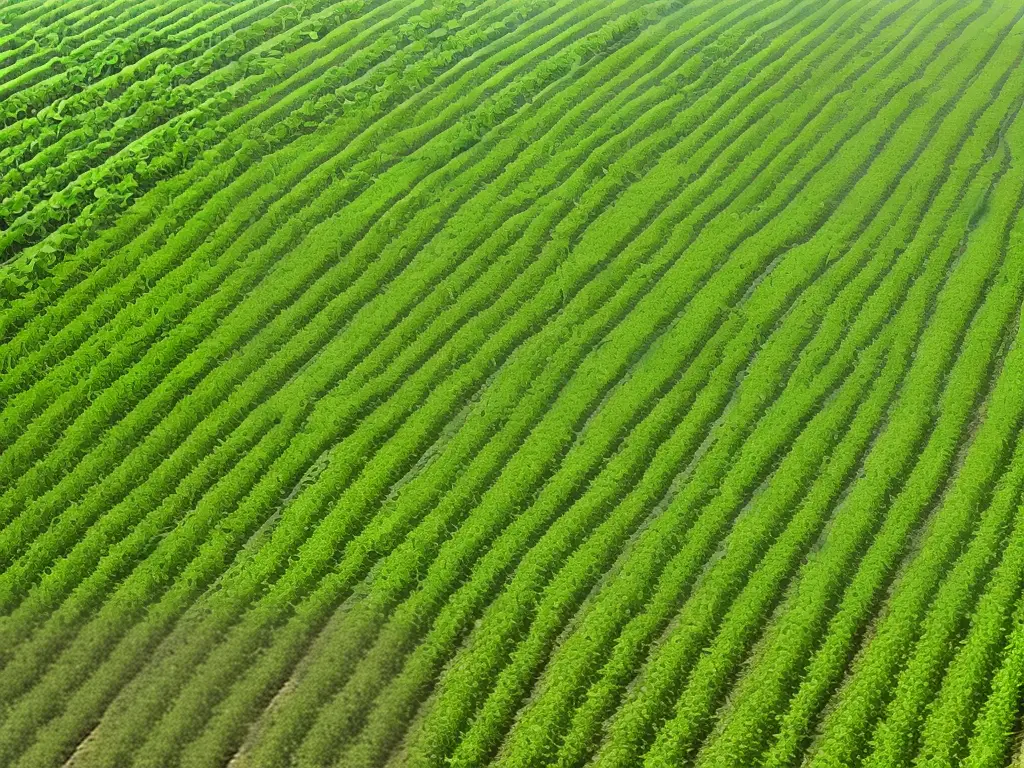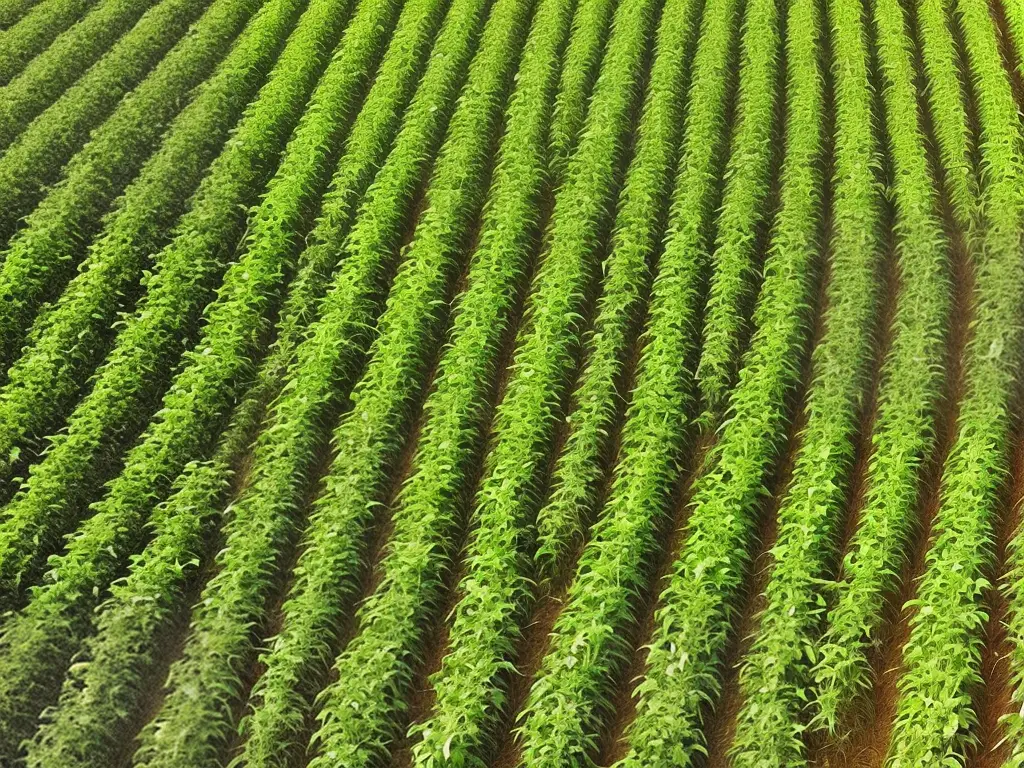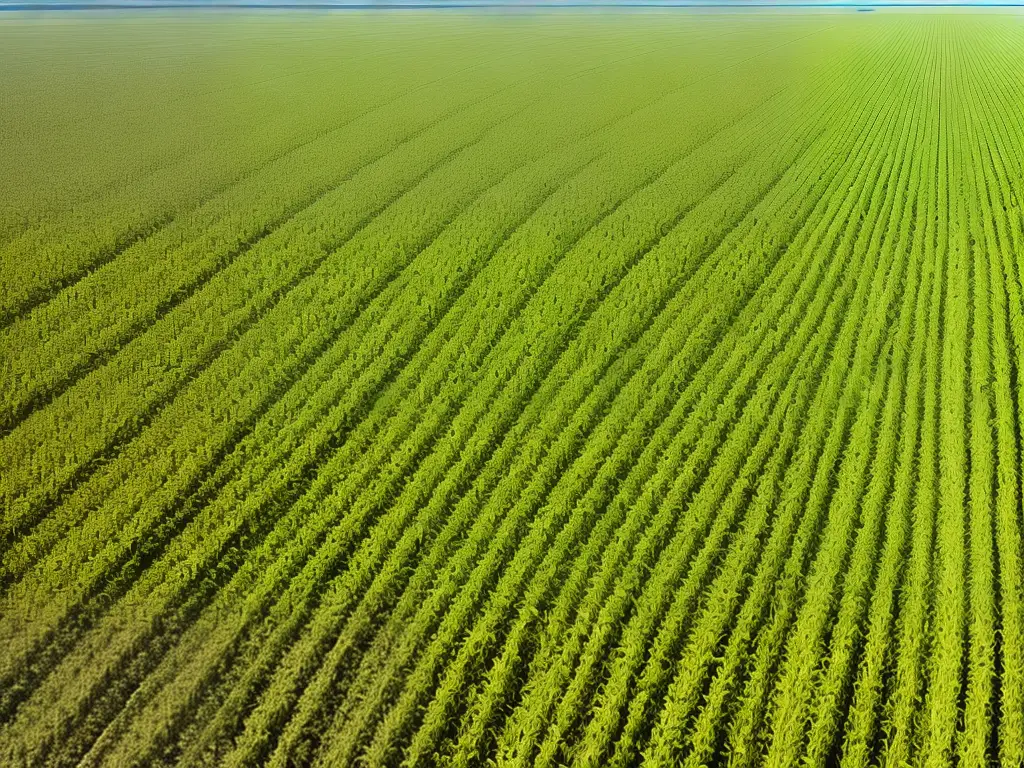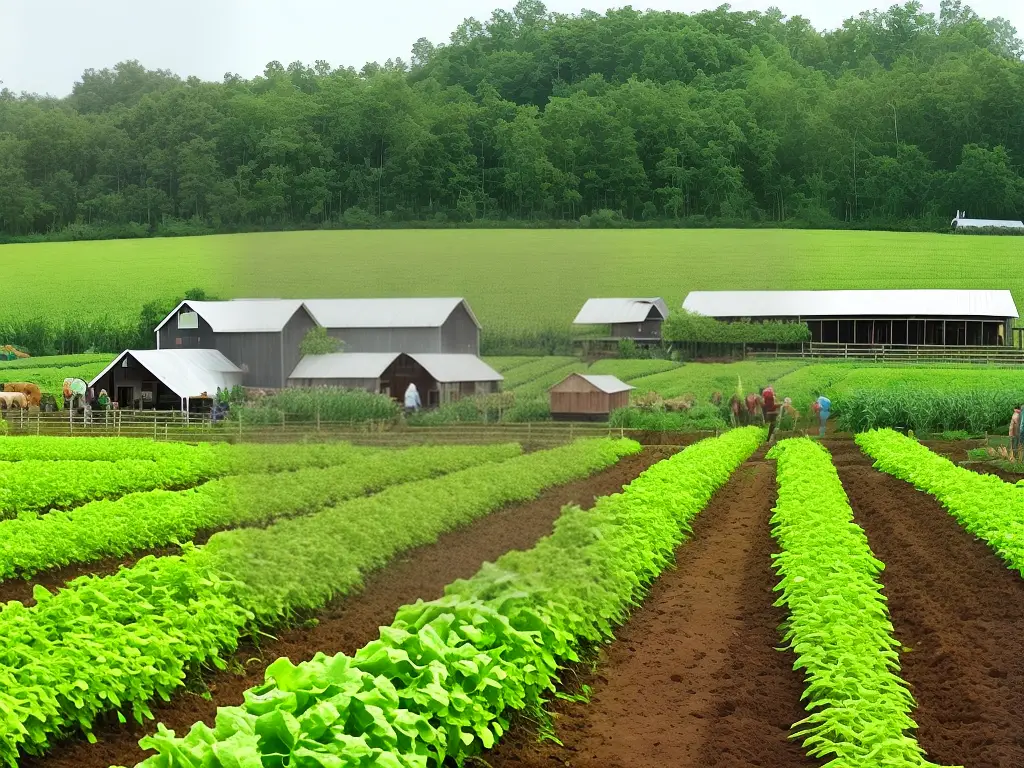Introduction to Sustainable Farming Techniques
As the world’s population grows, the demand for food increases, and the need for sustainable agricultural practices becomes more evident. Sustainable farming practices involve adopting techniques and strategies that not only meet current food demand but also enhance the natural resources of the farm, maintain biodiversity, and improve the well-being of farmers and local communities. Organic farming plays a crucial role in promoting sustainability, as it relies on natural methods and avoids synthetic fertilizers, pesticides, and genetically modified organisms (GMOs). In this article, we’ll explore various types of sustainable farming techniques, as well as the benefits of organic farming.

Types of Sustainable Farming Techniques
Various sustainable farming techniques have been developed to reduce the negative environmental impacts of agriculture and improve the livelihood of farmers. Some popular and effective approaches include:
1. Crop Rotation
Crop rotation is the practice of growing different crops on the same field over a sequence of seasons. This technique helps break the cycle of pests and diseases, improves soil fertility, prevents erosion, and supports biodiversity. For example, farmers can plant legumes after cereal crops to fix nitrogen in the soil, reducing the need for synthetic fertilizers.

2. Agroforestry
Agroforestry involves incorporating trees and shrubs into the agricultural landscape, creating a diverse and productive ecosystem that supports crops, animals, and natural habitats. Trees provide shade, protect against wind, enhance soil fertility, and create habitat for beneficial insects and wildlife. Through agroforestry, farmers can produce a variety of products such as fruits, nuts, timber, and animal fodder.

3. Intercropping
Intercropping means growing two or more crops simultaneously in the same field, either in a random pattern or as a system of alternating rows. This approach increases biodiversity, reduces the risk of crop failure, and enhances resource use efficiency, as different plants have distinct light, water, and nutrient requirements. Intercropping also helps suppress weeds, pests, and diseases by making it harder for them to move between plants.

4. Conservation Tillage
Conservation tillage means reducing the extent and intensity of soil disturbance during cultivation. This method minimizes soil erosion, conserves moisture, and enhances the soil’s organic matter content. No-till and minimum tillage are examples of conservation tillage practices. Cover crops can also be used to protect the soil from erosion, suppress weeds, and provide organic matter when they are plowed under.

5. Integrated Pest Management (IPM)
IPM combines cultural, physical, biological, and chemical strategies to control pests and diseases in an environmentally friendly manner. It focuses on creating a healthy ecosystem and only uses synthetic chemicals as a last resort. Examples of IPM practices include selecting resistant crop varieties, using biological controls like predatory insects, monitoring pest populations, and adjusting planting dates to avoid peak pest activity.

Benefits of Organic Farming
Organic farming is a holistic approach to agriculture that relies on natural processes and inputs to produce food in an environmentally friendly and socially responsible manner. There are several benefits of organic farming, including:
- Enhanced soil fertility: Organic farmers use compost, manure, and cover crops to provide nutrients and organic matter to the soil, supporting a healthy soil structure and improving its water-holding capacity.
- Reduced water pollution: Organic farming avoids synthetic fertilizers and pesticides, which can lead to water pollution and damage aquatic ecosystems. Instead, organic farmers rely on natural methods to control pests and diseases.
- Biodiversity conservation: Organic farms contain a diverse array of crops, animals, and habitats, promoting biodiversity at all levels of the food chain – from soil microorganisms to pollinators and predators.
- Climate change mitigation: Organic farming practices like agroforestry, conservation tillage, and cover cropping enhance carbon sequestration in the soil, helping to offset greenhouse gas emissions.
- Human health benefits: Organic food is produced without synthetic chemicals and GMOs, reducing potential health risks associated with their consumption. Organic farming practices also reduce the exposure of farmworkers and communities to harmful pesticides.
